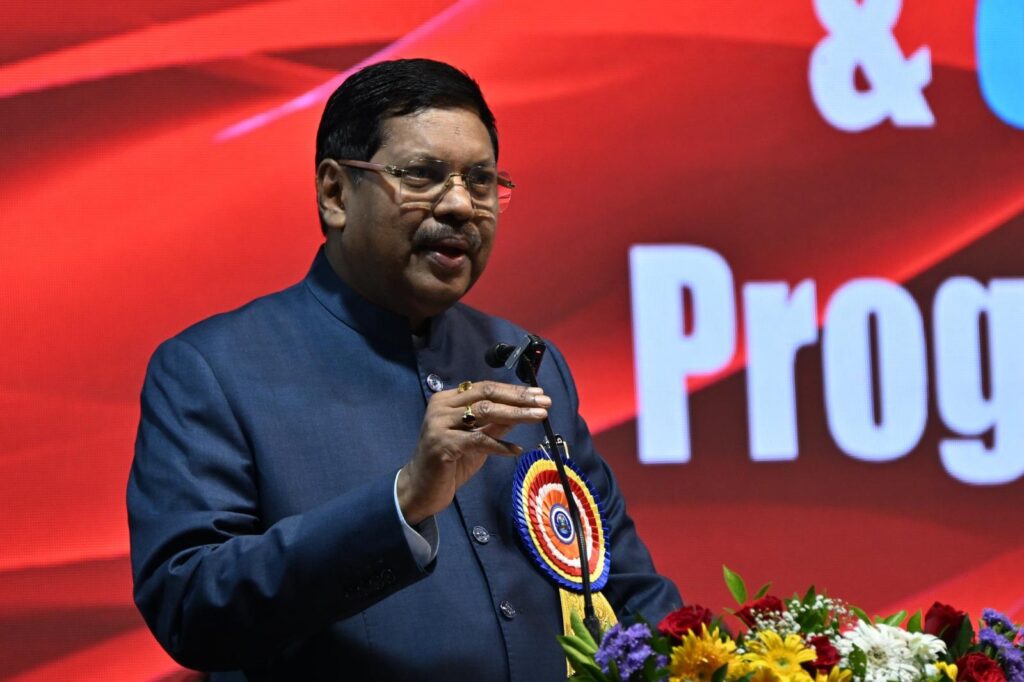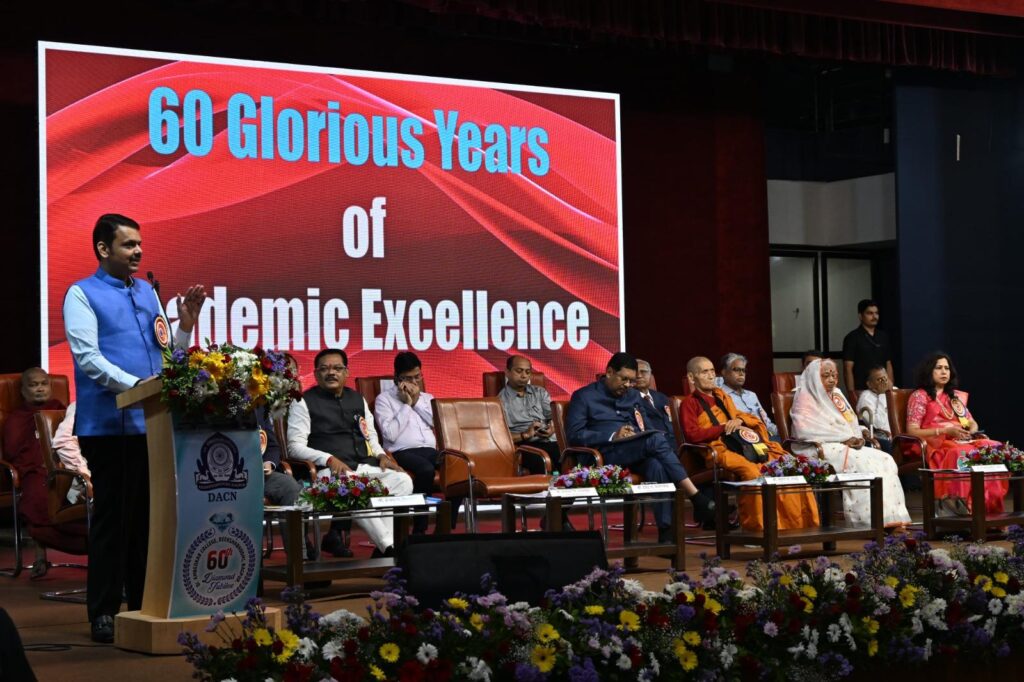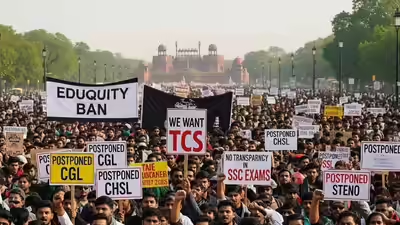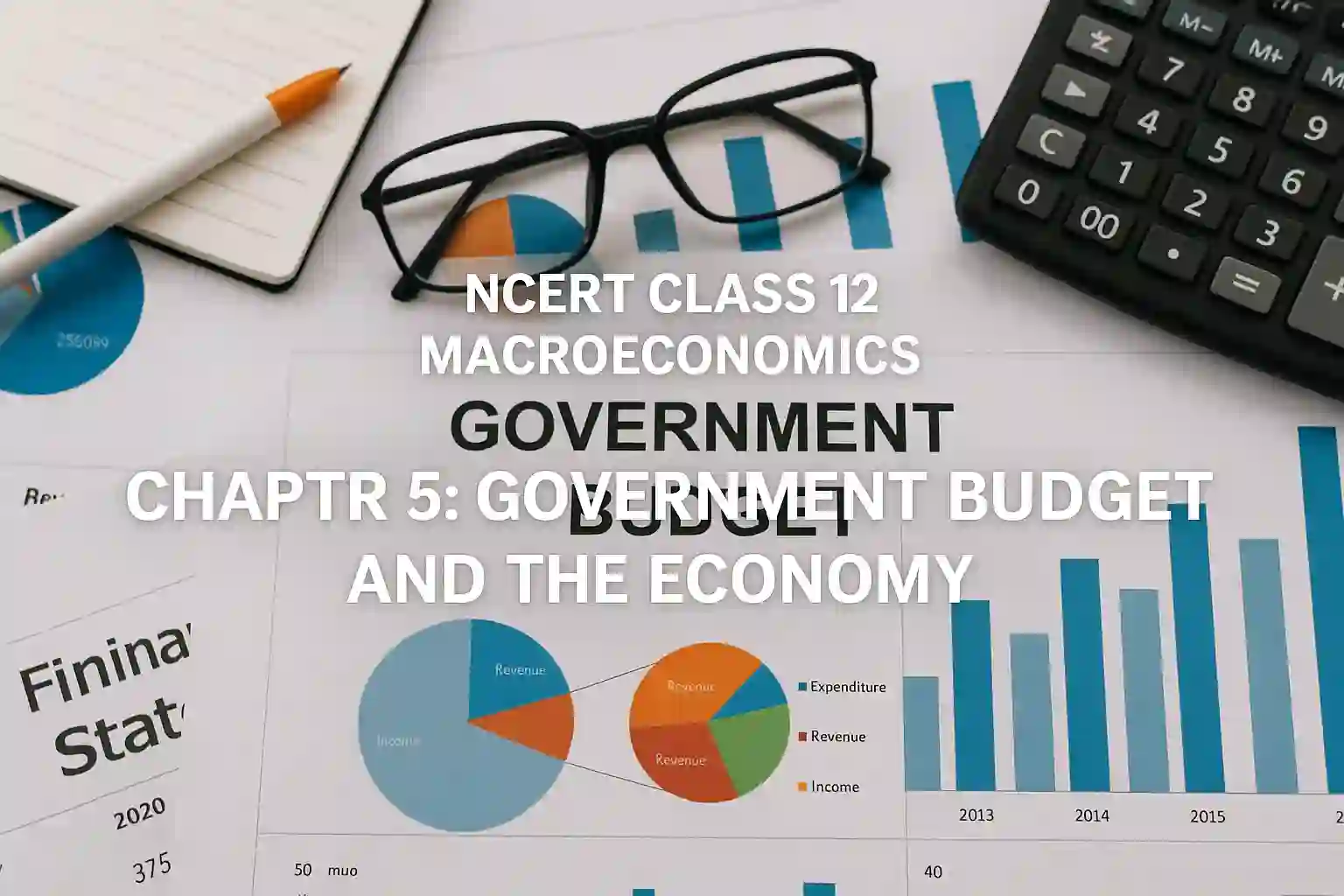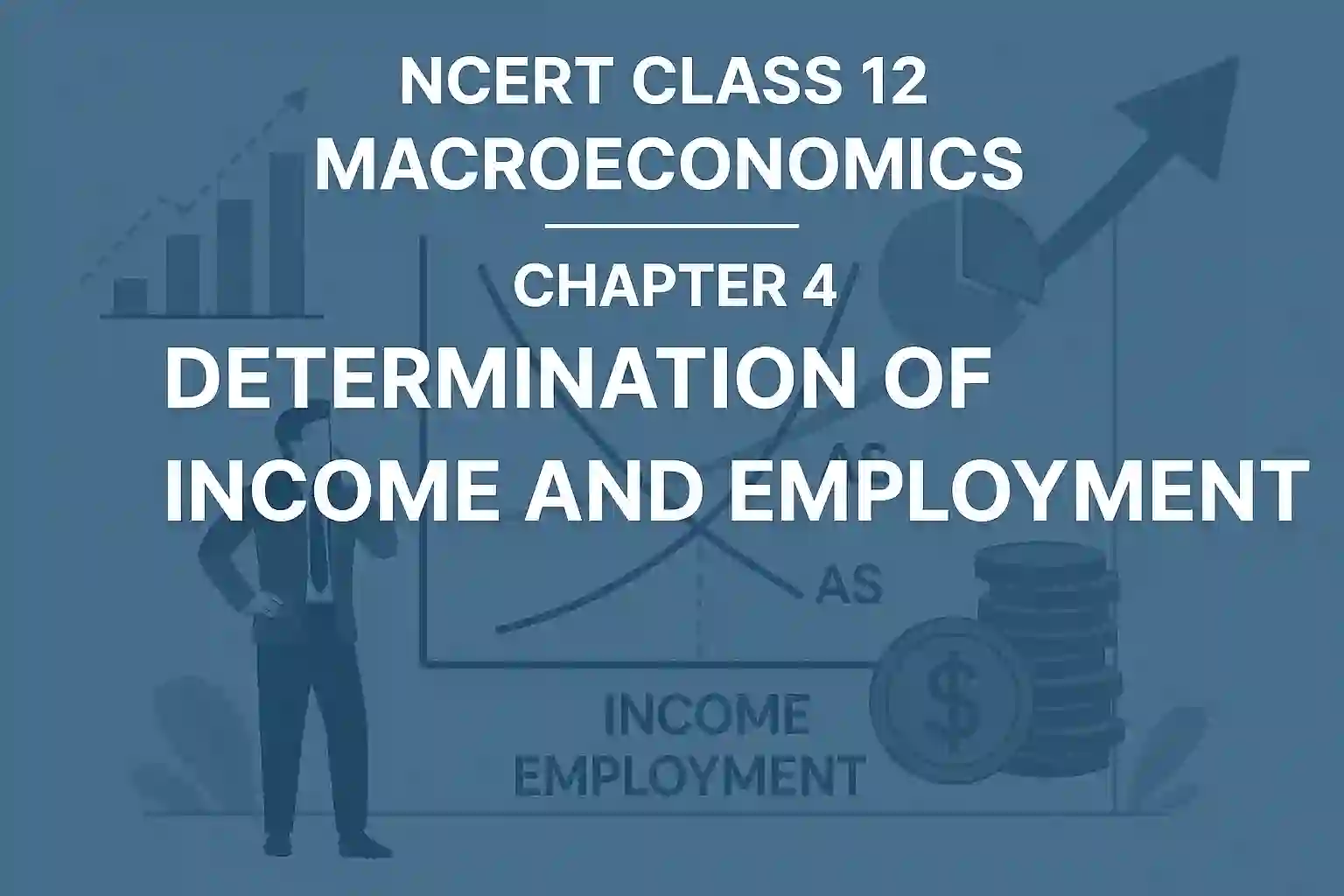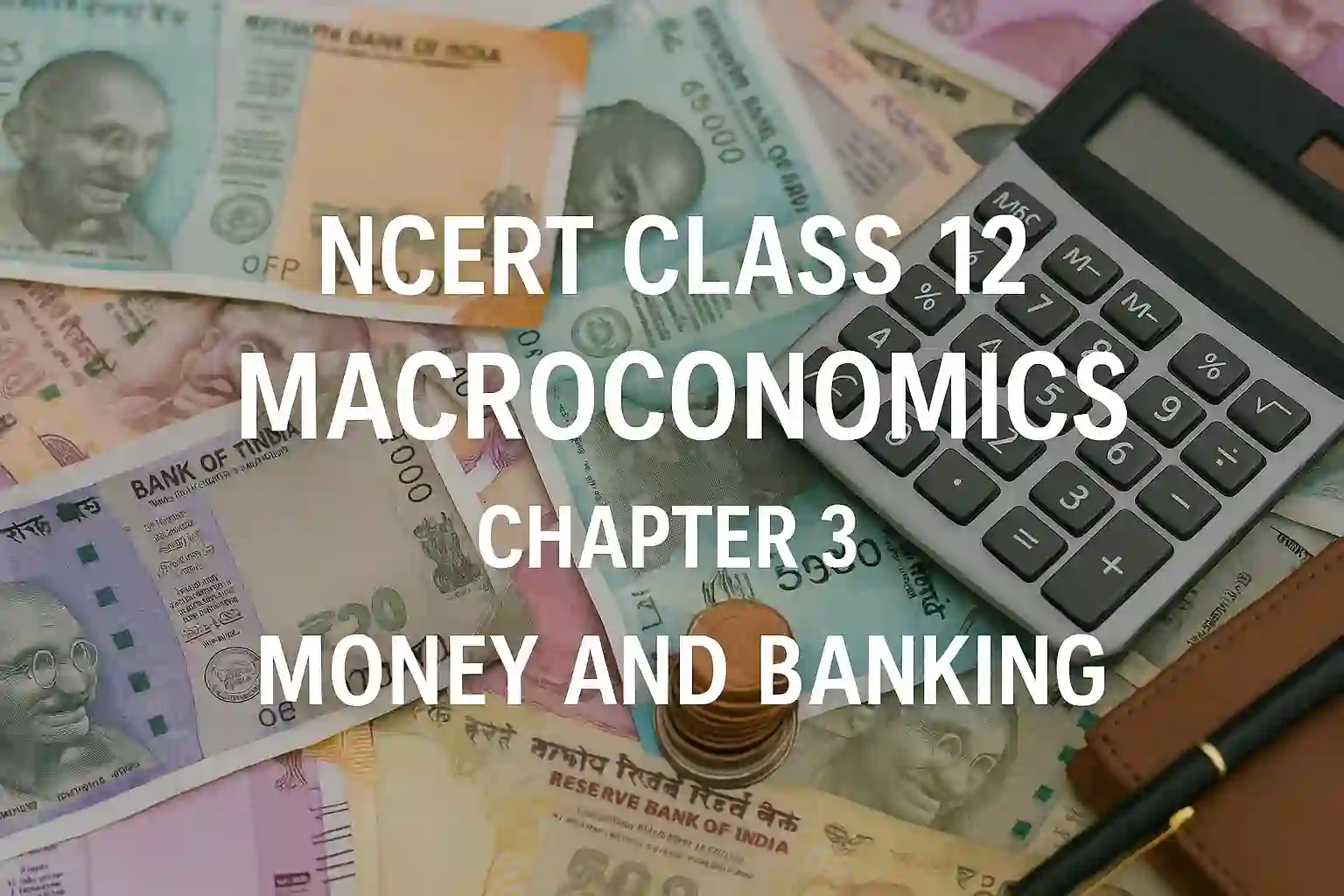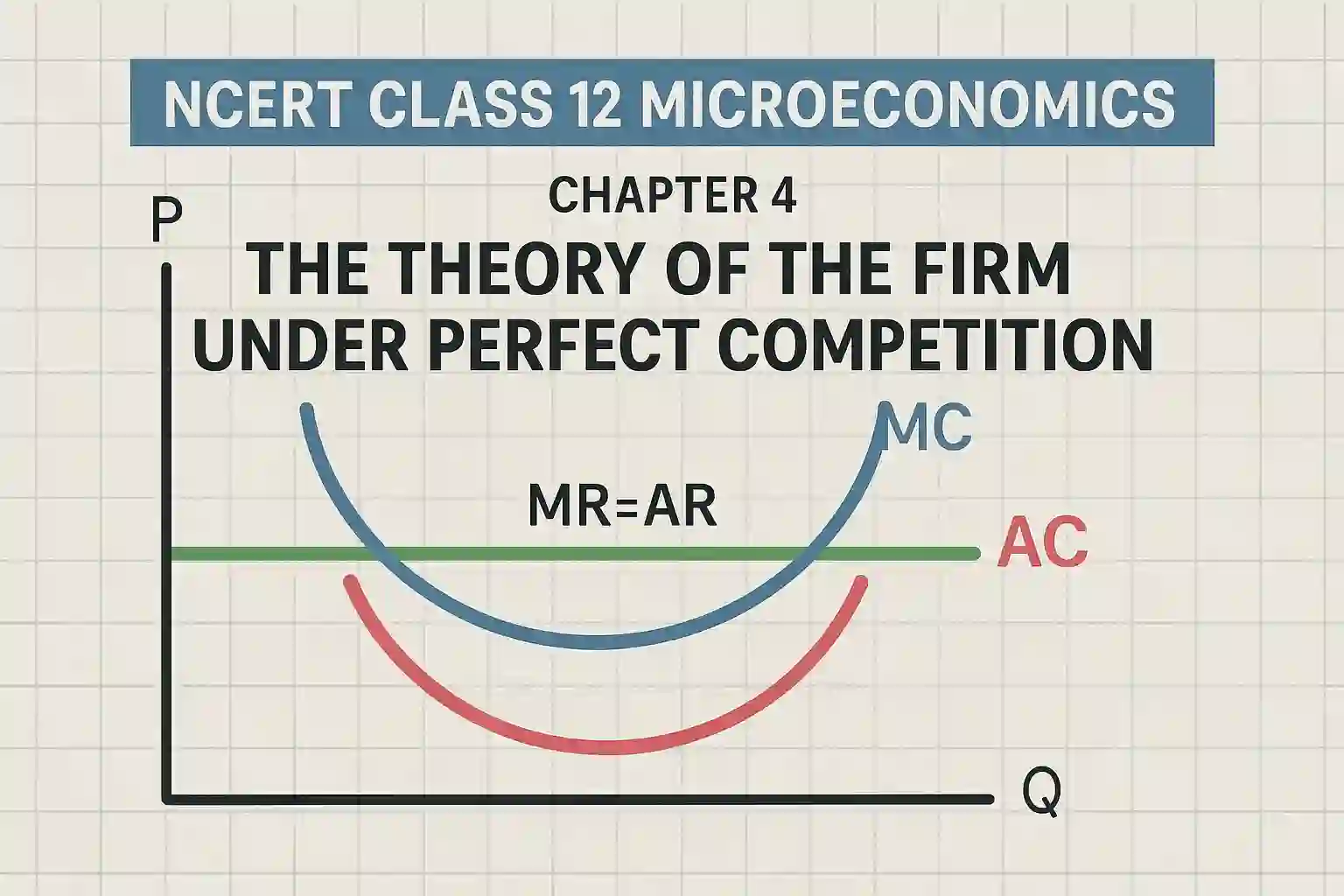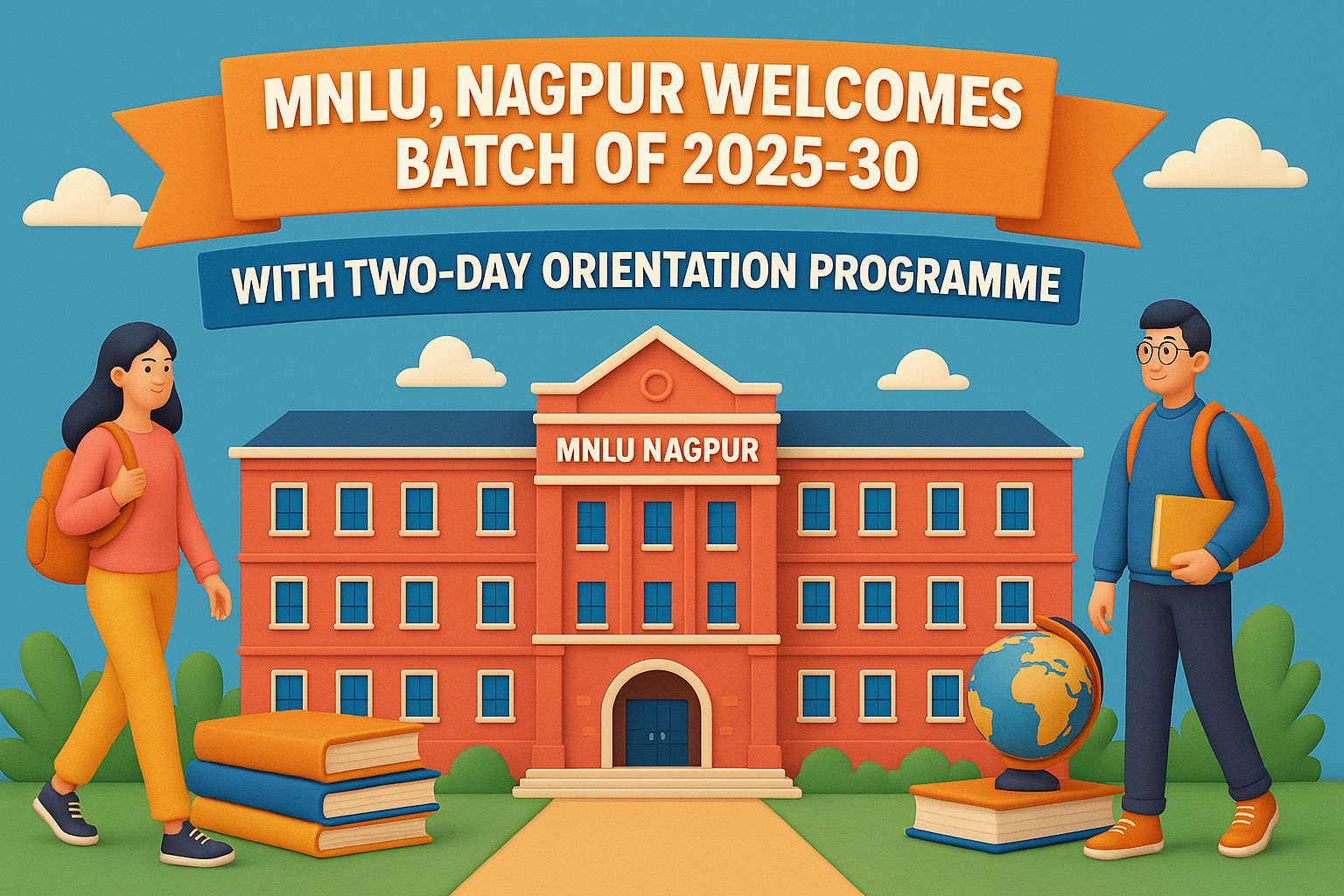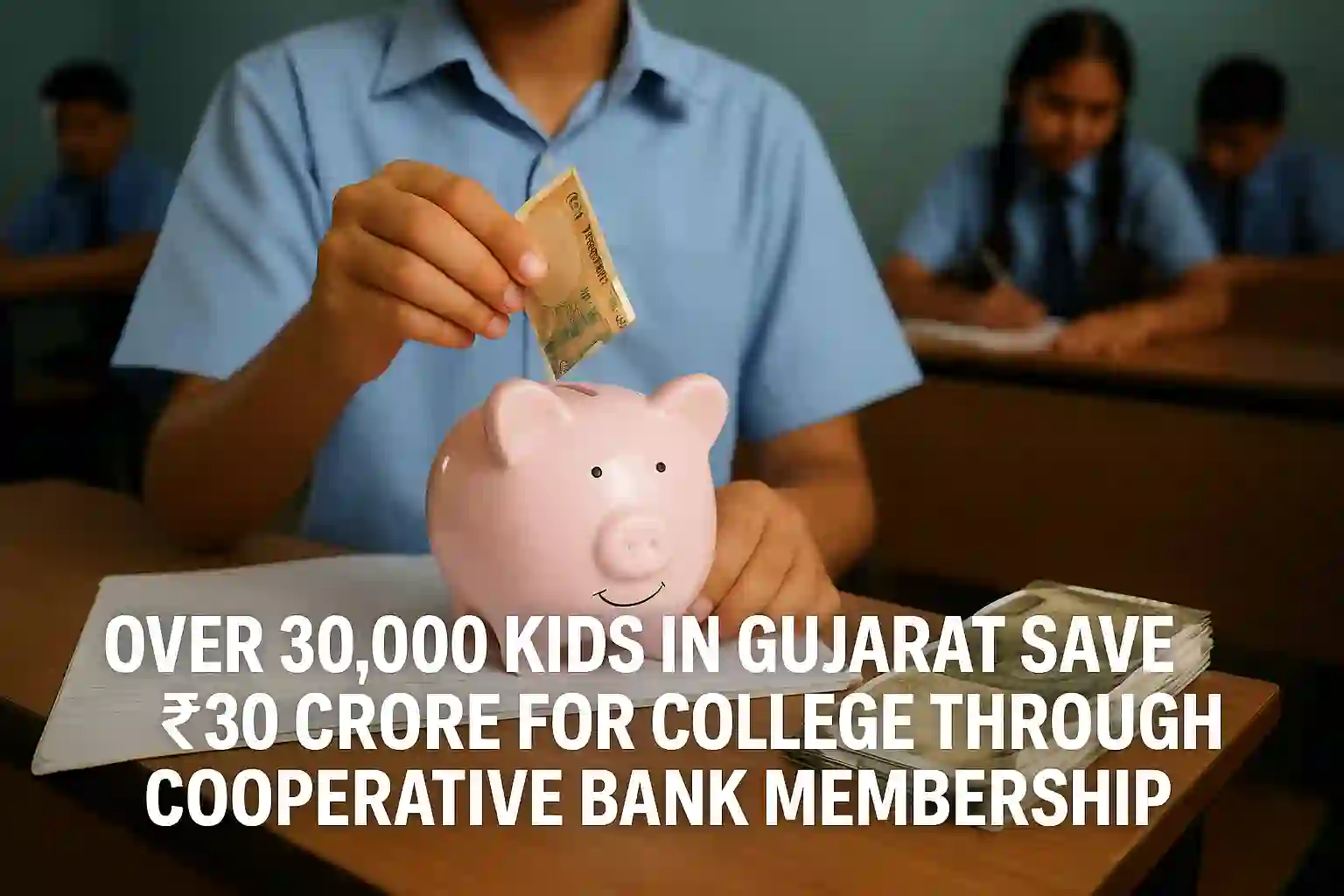In the small villages of Rajasthan, more than 400 children are getting a better start to their education, thanks to a unique community-led initiative. The project, called Saajhi Shiksha, is not run by a big institution or formal school network—it’s powered by mothers, local youth and committed volunteers from within the villages themselves. By setting up local learning spaces and giving parents an active role, this programme is reshaping how children learn, especially in the crucial early years.
I felt strongly about writing this because we often assume that only government schemes or expensive private models can solve India’s education challenges. But this project proves that change can come from within the community too. In places where formal schools are far, under-resourced or simply not engaging, local people are stepping up. As someone who has visited rural schools and spoken to parents, I know how powerful even small changes can be. We need more conversations around such bottom-up efforts that are giving hope and results in areas where children were otherwise left behind.
What Is the Saajhi Shiksha Project All About?
Saajhi Shiksha, which means “shared education”, is a grassroots initiative supported by Larsen & Toubro Public Charitable Trust in partnership with Vidhyalay Udhyam, a social organisation working in rural education. The project is currently running across five villages in Rajasthan’s Rajsamand district, focusing mainly on children aged 3 to 8.
What makes this model stand out is that it doesn’t wait for external teachers to arrive—it taps into local mothers and educated youth who are trained to take on the role of community educators. Learning happens in small groups or village spaces, not traditional classrooms. And the entire programme is designed around the child’s context, language and pace.
Why Community-Led Education Works
Here are a few reasons why this model is working where other efforts have failed:
- Local involvement: Mothers are trained as Saathis who work with kids daily. This ensures strong attendance and emotional comfort.
- Youth volunteers: Young people from the same area help run sessions, assist in monitoring and act as role models.
- Culturally relevant content: Children learn through local games, songs and stories, not textbook-heavy methods.
- Flexibility: Since families often migrate or face seasonal challenges, the learning pace is adjusted accordingly.
- Parental engagement: Regular meetings and open discussions keep parents involved in their child’s learning progress.
Early Results That Speak Volumes
The impact of the project is already visible. More than 400 children have been directly supported through these learning circles. Parents who once assumed school was not for their kids are now proud of their children identifying letters, numbers, and even reading small sentences.
Mothers who had never stepped outside home for anything beyond chores are now confident facilitators. Youth who were once unsure about their future now see purpose in shaping young minds. Perhaps most importantly, children are excited to learn and feel supported—not ignored or scolded.
A Model Worth Scaling
India has thousands of villages like those in Rajsamand. Formal school infrastructure will take time to reach every corner, but community-led models like Saajhi Shiksha can be scaled quickly and with lower cost. The key is to train locals, build ownership, and trust them to do the job.
What’s needed now is:
- Government support or partnerships to expand reach
- Simple funding models for such community-led ideas
- Recognition of local educators as part of the broader learning system



